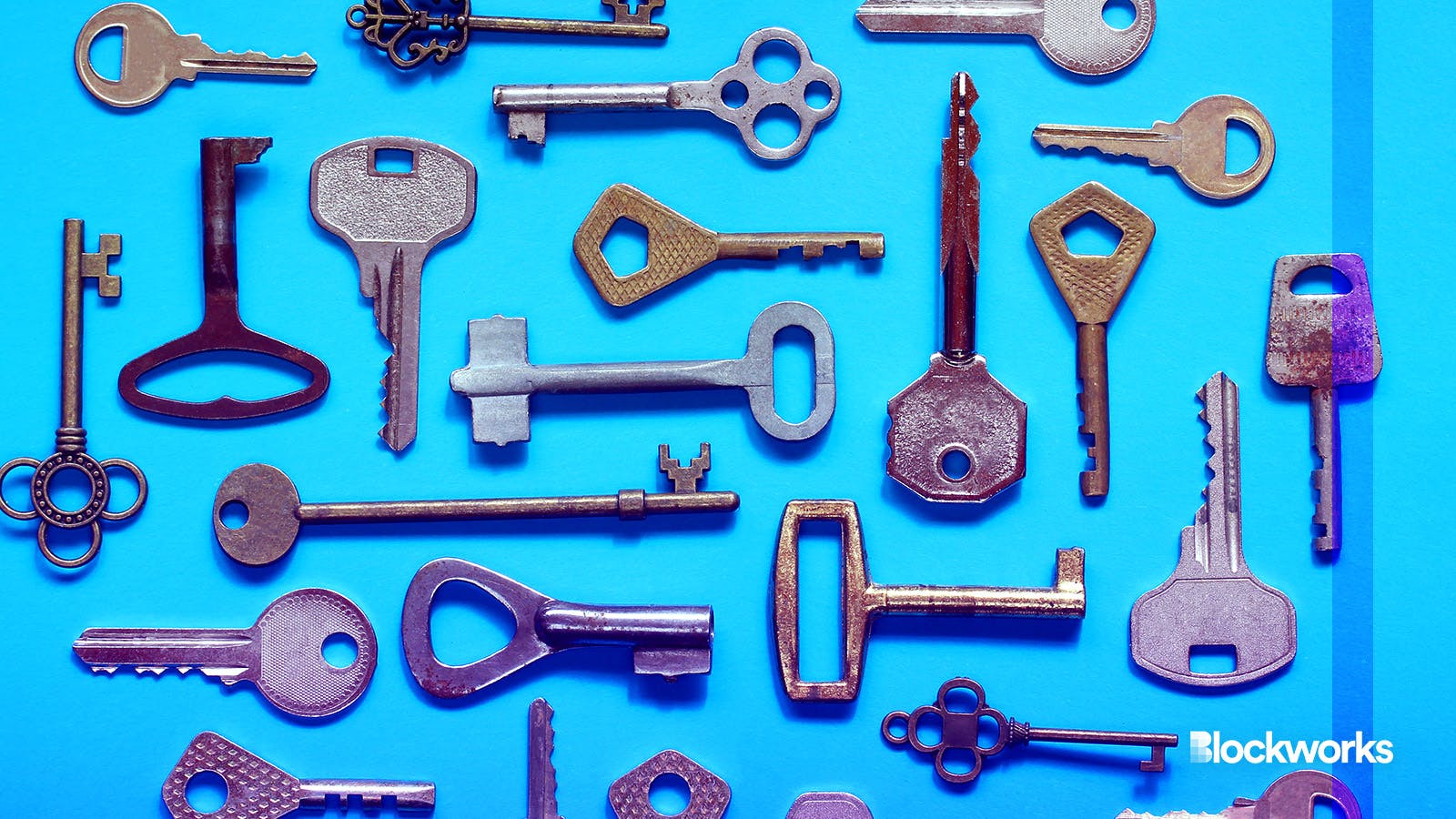The worst kind of decentralization is none at all
Can the push for decentralization go so far that it prevents its own adoption?

MaskaRad/Shutterstock modified by Blockworks
At its core, decentralization isn’t an ideology or a destination — it’s a process. A process where decision-making moves from a centralized authority to a distributed network.
And every process, no matter how game-changing, comes with inherent tradeoffs. As we face these tradeoffs, we see that the worst kind of decentralization is the one that neglects user experience so much that users opt out of it.
Decentralization should empower users without burdening them.
We are at an important point in the digital age, on the threshold of a decentralization movement that has the power to change how the internet works and the nature of how we experience what we value online.
However, we face a big problem: Can the push for decentralization go so far that it prevents its own adoption?
Decentralization, meet ‘surprise and delight’
Here’s the difficult part. To right the current trajectory, we have to turn philosophy into pragmatism and take a few lessons from the technologists before us.
If we intend to successfully push this process forward, now is the time to step back and revisit the fundamentals that led to the rise of the internet as we know it.
We need to take a page out of the book of companies like Facebook and Google. In fact, we don’t even need the whole page. It just comes down to one word: Simplicity.
In the early days, applications (what most of us now just call “the internet”) served as a bridge, inviting the non-tech savvy into an immersive digital age without requiring an understanding of its underlying complexities.
It was so easy, kids could do it.
So where does this leave us then? We know improvements to infrastructure alone can’t solve all of our problems. We also know that even beautifully constructed applications (rare as they may seem) can’t hide the worst parts of decentralization.
It is time we revisit implementation: simplifying onboarding, enhancing end-to-end user experiences, and perhaps most crucially, meeting users where they are — on “the internet.”
And I believe this turn to better decentralization starts with custodial solutions.
Yes, I know this is a bad word in decentralized land. At a glance, the mere concept of custodianship goes against the very ethos of crypto, where users have ownership of their assets.
But here’s the thing, people can’t own their assets if they are unable to access, retrieve or protect those assets.
In the same way, just as we don’t leave it up to “the internet” to keep our money safe, we can’t rely on the blockchain to inherently protect our digital assets.
It just doesn’t work like that.
Consider the average US-based consumer and all of the steps they have to take to view the money in their bank account. You have to set up the account, create a password, answer a litany of know-your-customer questions and finally log in.
And what happens if you lose your password? No problem! Your money is still safe and the bank will help you to create a new one in less than two minutes. More detrimentally, what happens if someone steals your debit card information? Also no problem! Your chosen custodian (i.e. the bank) has it covered.
Today, custodial wallets are the only solution that can meet internet users’ expectations from onboarding onwards and deliver on fundamentals like password recovery or instant transactions.
Forcing a billion people to suddenly use an internet that feels slower, clunkier and less safe is a good way to never have them use this new internet at all.
Custodial wallets are the stage upon which novice users can experience decentralized technology and ‘graduate’ to self-custody on the other side.
Decentralization’s greatest challenge: Itself
For the last several years, decentralization has been a handwavy narrative touting ownership and governance. This has been compounded by reports on speculative token prices and maleficent actors, and we wonder why it’s so challenging to attract new users.
Read more from our opinion section: Don’t give your life to Big Tech for free
While the billion-dollar business of decentralization saw a wider audience than ever before, even genuinely innovative products were sullied by clunky onboarding, bad user experiences, and, worst of all, wallet drains.
The brave souls willing to overcome Chrome extensions, seed phrases and arcane hexadecimal pop-ups were left more-than-figuratively holding on for dear life.
I have been building in this space for most of my career, and am hard-pressed to believe that this is the best our industry can do.
The worst kind of decentralization
Sometimes, you have to take a step back to go forward.
It’s not about compromising the vision of decentralization or going back to a time when billions of people had no access to the global financial system. It’s about rebalancing the tradeoffs we have to make in the name of adoption.
Ideology is important, but no one wins at the extreme ends of an ideological battle that no one asked for. Decentralization at its best should empower, not exclude. Wasn’t that the point to begin with?
As we move forward, we need to remember that the real success of decentralization won’t be measured by how ideologically pure it remains, but by how broadly it’s adopted.
Otherwise, we risk being left with the worst kind of decentralization — the kind that fails to exist at all.
Get the news in your inbox. Explore Blockworks newsletters:
- The Breakdown: Decoding crypto and the markets. Daily.
- Empire: Crypto news and analysis to start your day.
- Forward Guidance: The intersection of crypto, macro and policy.
- 0xResearch: Alpha directly in your inbox.
- Lightspeed: All things Solana.
- The Drop: Apps, games, memes and more.
- Supply Shock: Bitcoin, bitcoin, bitcoin.






